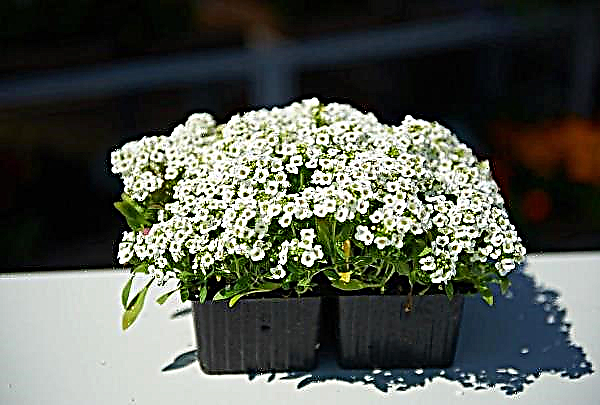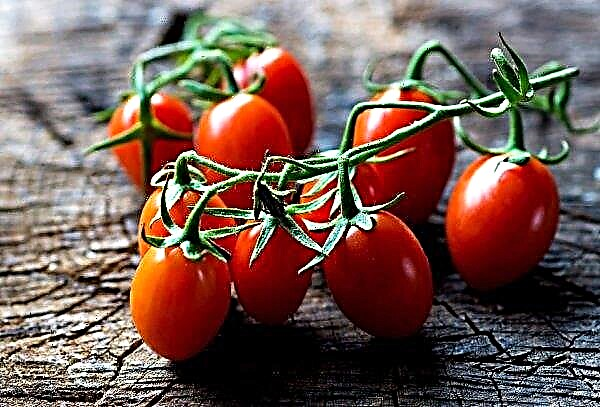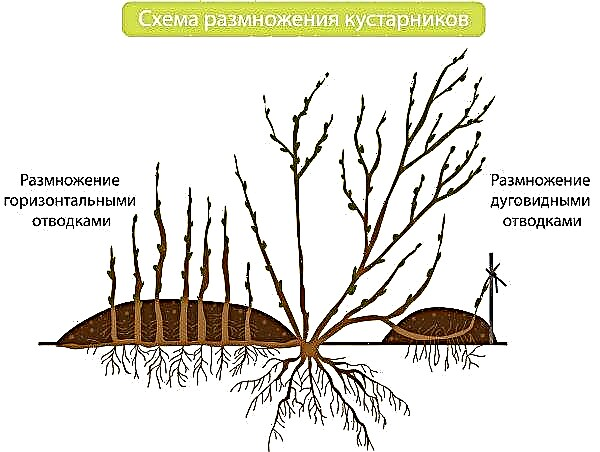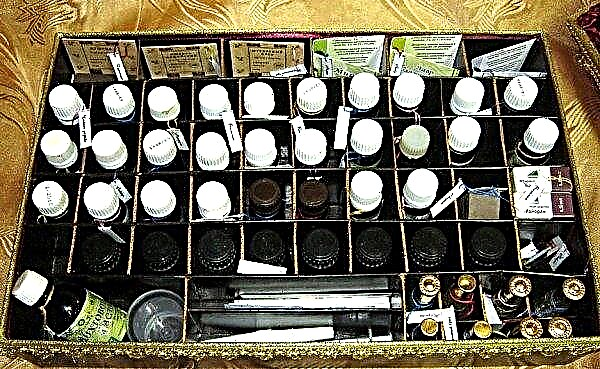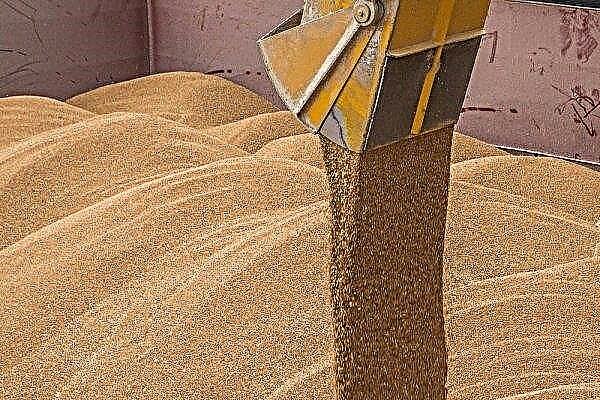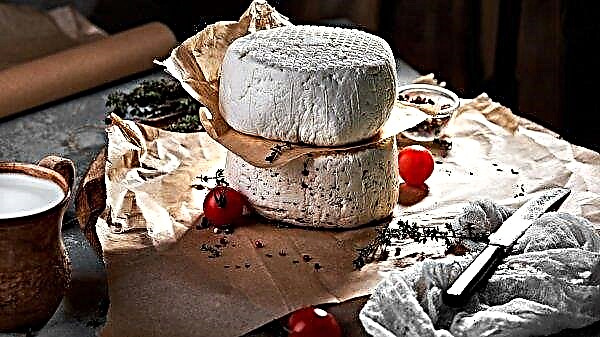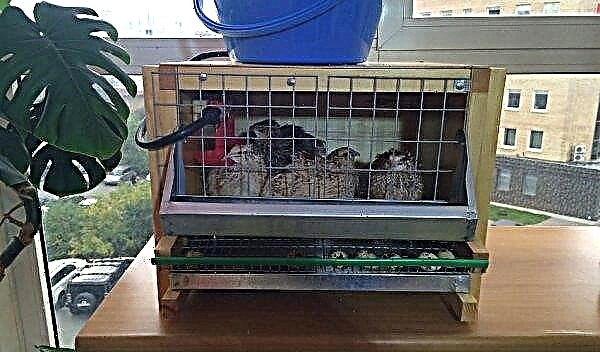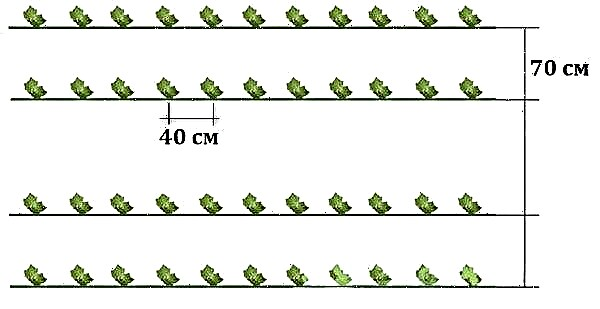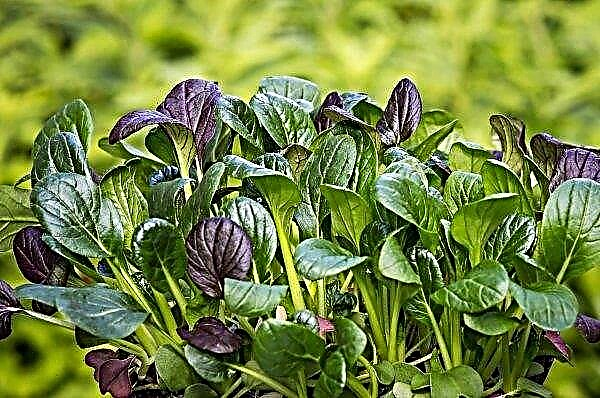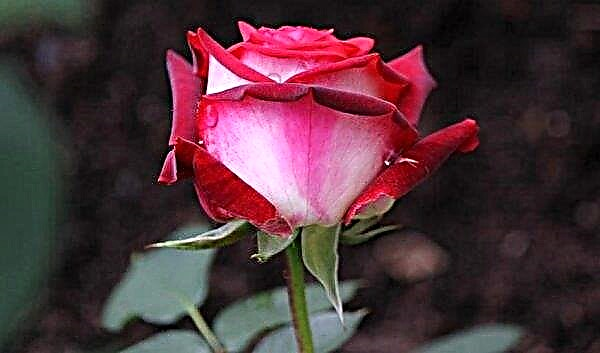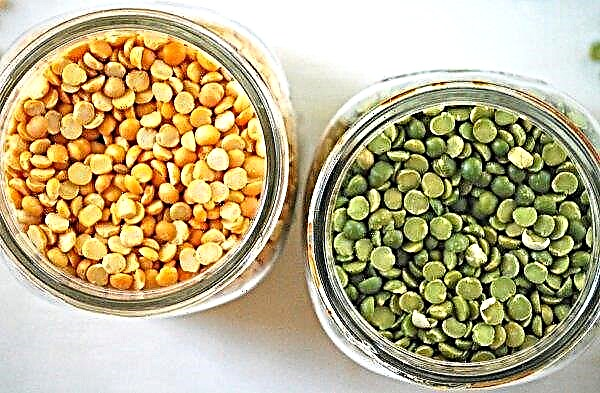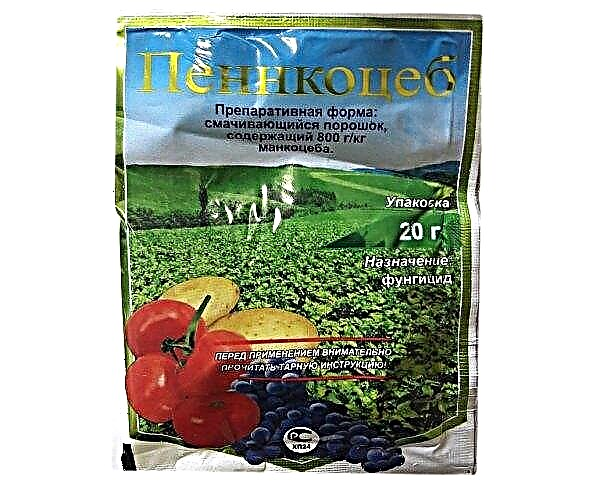Yellow spots on the leaf surface of cucumbers indicate the dysfunction of the plant. However, there is no single reason for such a nuisance. The fact that leads to yellowing of cucumber leaves will be described below.
Why are the leaves of the cucumbers covered with yellow spots and what should I do
The variety of reasons leading to yellowing of leaves of cucumbers makes it difficult to urgently take measures to eliminate the problem.
That is why it is so important to quickly identify the true cause of the disease, to understand what its symptoms mean in order to clearly determine:
- from what and how to treat the plant;
- how to deal with pests;
- what should be treated with bushes;
- what to spray on a sheet surface;
- Is it possible to do with folk remedies?
- how cucumber leaves react to processing and how their treatment ultimately proceeds.
Did you know? Greenhouses for growing cucumbers all year round were invented in ancient Rome.
Micronutrient deficiencies
If the soil is poor in nutrients, this usually affects the appearance of the leaf surface of the cucumber bushes.
Moreover, the deficiency of a substance manifests itself in different ways:
- blotches on the leaves with a brownish tint, yellow border on the edges and the pointed shape of the fruit indicates a lack of potassium in the soil;
- deficiency of magnesium leads to yellowing of the edges;
- if the veins on the leaf become darker and the rest of the leaf area turns yellow, this indicates the poverty of the soil with iron;
- if only the upper part of the bush turns yellow, a shortage of copper can be noted.
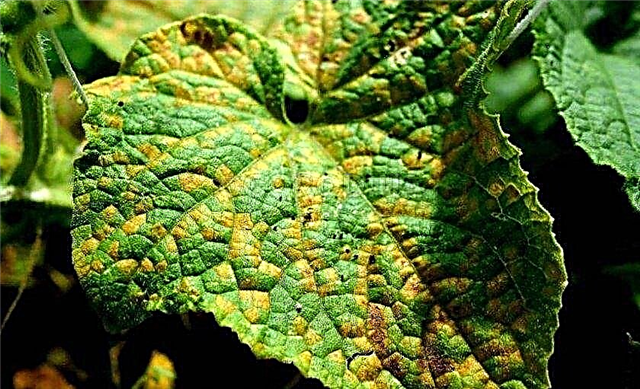
Light deficit
Being a photophilous culture, a cucumber in matters of illumination still requires a certain balance. Excessively bright light at the level of direct sunlight can lead to elementary burns of the leaf surface, as a result of which yellow-brown spots appear on it. However, inadequate lighting also adversely affects the cucumber plant, which ultimately leads to problems on the lower leaves experiencing a lack of lighting in the form of yellowing.
In the greenhouse, along with lighting, the temperature regime is also of great importance. If at optimum + 23 ... + 26 ° C the temperature there rises above + 28 ° C, then the cucumber leaves very quickly begin to turn yellow and then dry.
Important! Not only deficiency of nutrients in the soil, but also their overabundance can lead to yellowing of cucumber foliage.
Wrong watering
Cucumber plantings require balanced watering. These plants are hygrophilous, however, excessive watering creates considerable problems for them, leading, inter alia, to yellowing of the leaves. But even with a lack of moisture in the soil, the roots begin to look for it on the soil surface and dry, as a result of which the leaves begin to become covered with yellow spots and then turn yellow completely.
Fungal diseases
In addition to obvious violations of the agrotechnical rules for the cultivation of cucumbers, diseases caused by pathogenic fungi lead to the formation of yellow spots on the leaves.
Dry spotting
Alternaria cucumber culture, which is also called dry spotting, not only forms 2-centimeter yellow-brown spots on the leaf surface, but also drastically reduces the yield of cucumbers in greenhouses within a month and a half. The development of this fungal disease is promoted by high humidity and temperature. Fungal spores are usually stored on the seeds and plant debris. They struggle with this fungal disease by spraying with the drug "Oxychloride", as well as Bordeaux mixture every 2 weeks.
Pithiosis
This disease in the form of root and basal rot affects the root system of the cucumber, as a result of which the whole plant is inhibited.
The appearance of this disease is promoted by:Did you know? If you wipe a mirror in the bathroom with a piece of cucumber, it will not fog up, and rubbing the shoe with a cucumber slice gives it shine and water resistance.
- increased humidity of the soil and air;
- too low temperature;
- excessively high temperature.
So that the plants do not get sick, it is useful to strengthen their immune system of the cucumber plant with:
- "Amulet";
- "Immunocytophyte";
- "Narcissus";
- "Sprout".

Fusarium
The appearance of infectious pathogens of this disease is provoked by increased humidity of air and soil. If there are signs of this disease, which are manifested in rotting of the stem near the root neck, yellowing and wilting of leaves, it is not necessary to talk about whether the crop can be saved, since no fungicides can cope with the fungus either in greenhouses or in the open ground. Only preventive measures are possible, which include cultivating the soil before sowing seeds or planting seedlings with biofungicides in the form of, for example, Fitosporina-M or Trichodermina.
Video: cucumber fusarium or what to do if the leaves on the cucumber fade
Pests
In addition to fungal diseases, cucumber plantings are also attacked by pests, which suck out the intercellular fluid from the leaves and, depriving them of life-giving juices, lead to stains on them, and then to wither.
Spider mite
This parasite, settling on the lower part of the leaves, sucks out nutrients from them, as a result of which numerous spots form on the leaf surface. In addition, the tick is a carrier of viral infections and fungal diseases.
This pest is very fertile and difficult to completely destroy, so it is easier to prevent it from cucumber plants with the help of infusion of garlic and onion husks, which successfully repels the parasite. And the destruction of ticks that have already appeared on cucumbers is greatly facilitated by a ladybug, to attract which it is useful to plant more dill near the cucumber beds.
According to experts, insecticides practically do not affect the spider mite, therefore, for the prevention and control of it, it is more advisable to use acaricides or insectoacaricides, for example:
- Appolo
- "Plant pin";
- "Anti-tick";
- "Actellicus";
- "Etisso";
- Fitoverm;
- "Actofit."
Whitefly
This parasite sucks nutritious juices from cucumber leaves. Places of puncture of a leaf by an insect look like multiple points around which necrosis of leaf tissue soon occurs. Dry yellow and brown spots form on the surface of the leaves, which eventually absorb the entire leaf surface. The presence of whiteflies on the cucumber bush is aggravated by the fact that on the sweetish secretions left by the parasites, a soot fungus multiplies, which contributes significantly to the destruction of the plant.
To combat whiteflies, various means are used, presented:- simple mechanical destruction of the parasite;
- various traps;
- insect repellents;
- attracting natural enemies whiteflies in the form of ladybugs and lacewings;
- insecticides represented by “Aktara”, “Warrant”, “Biotlin”.

Preventive measures
The presence of many reasons for the appearance of yellow spots on cucumber leaves and on fruits suggests an integrated approach to their prevention.
To prevent a problem from occurring:
- carefully observe the temperature and humidity regimes of growing cucumbers;
- carry out balanced watering of plants, avoiding both an overabundance and lack of moisture;
- avoid nutrient deficiency in the soil, while not overloading it with fertilizers;
- prevent sunburn on the leaf surface of cucumbers and create in parallel conditions for good illumination of the whole cucumber bush;
- actively take preventive measures to prevent cucumber plants from fungal diseases and pests, which were discussed above.
Important! In no case should you plant cucumbers where the same culture had grown before. It is also not recommended to plant cucumber plants in the beds, where zucchini or pumpkin were their predecessors.
For all the variety of reasons leading to the appearance of yellow spots on the leaves of cucumbers, they can all be reduced to the strict implementation of the agrotechnical rules for growing this crop. This is also the prevention of diseases and pests, since a healthy and strong plant resists their attacks better.



